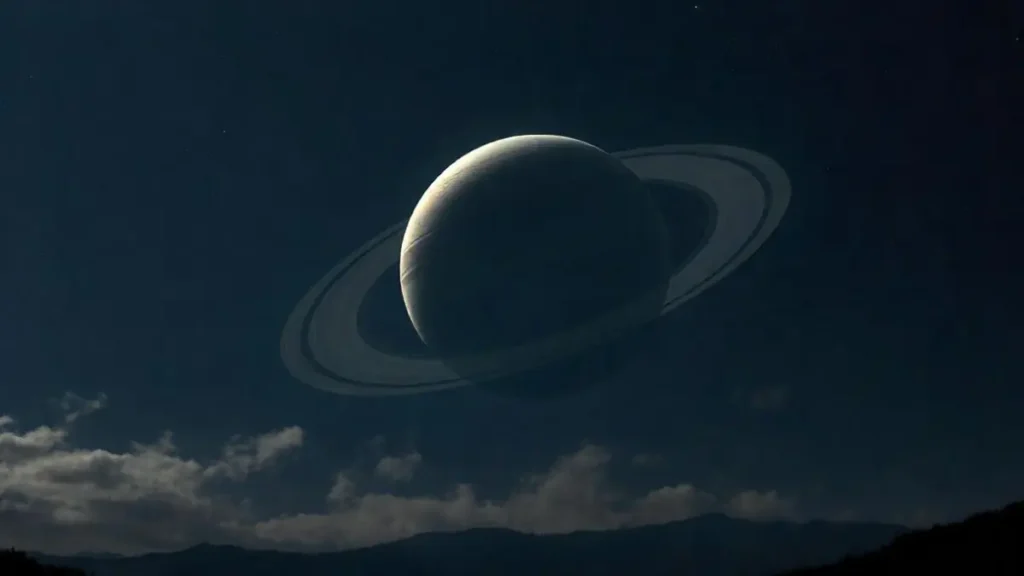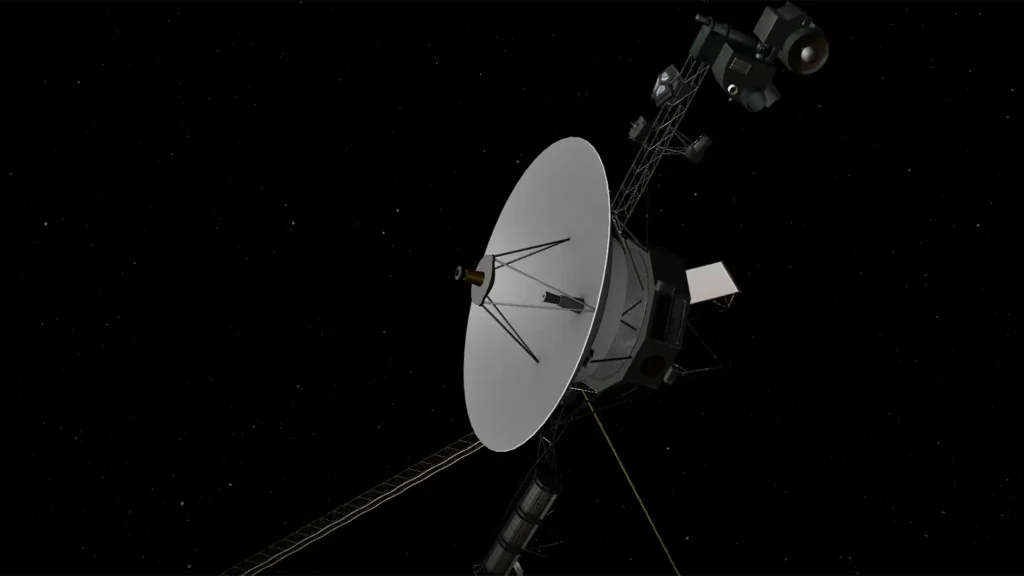Black Hole : Formation, Types, Properties
black Hole A Black hole is a part of space with gravity so strong that nothing, not even light, can escape it. This happens when a large amount of matter is squeezed into a tiny space. Black holes often form when a massive star dies and collapses. During this collapse, the star’s outward pressure stops, […]


